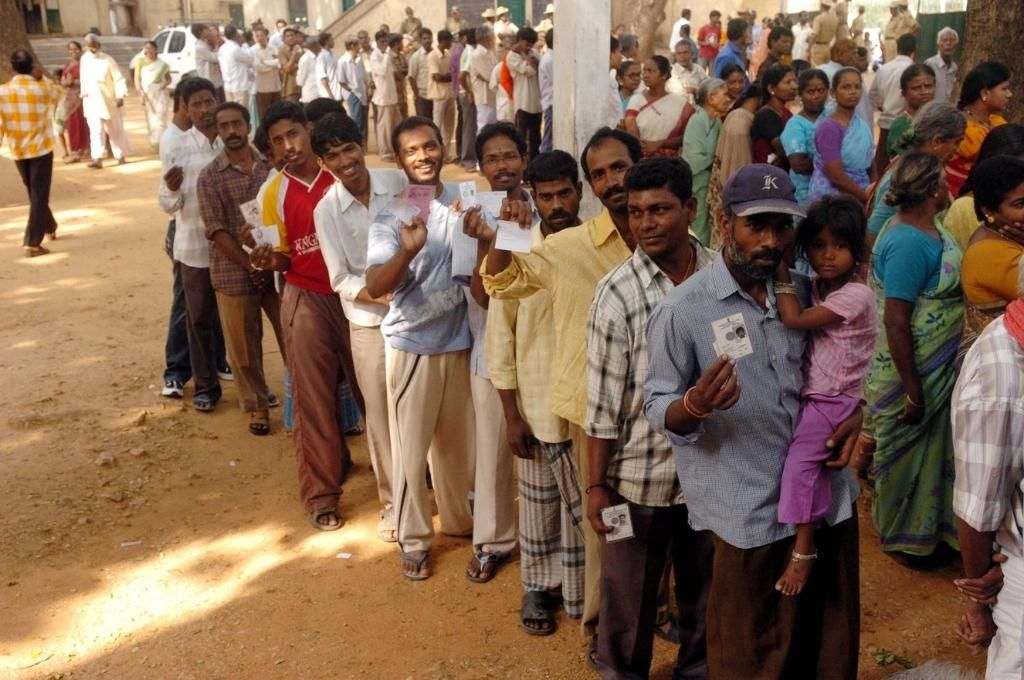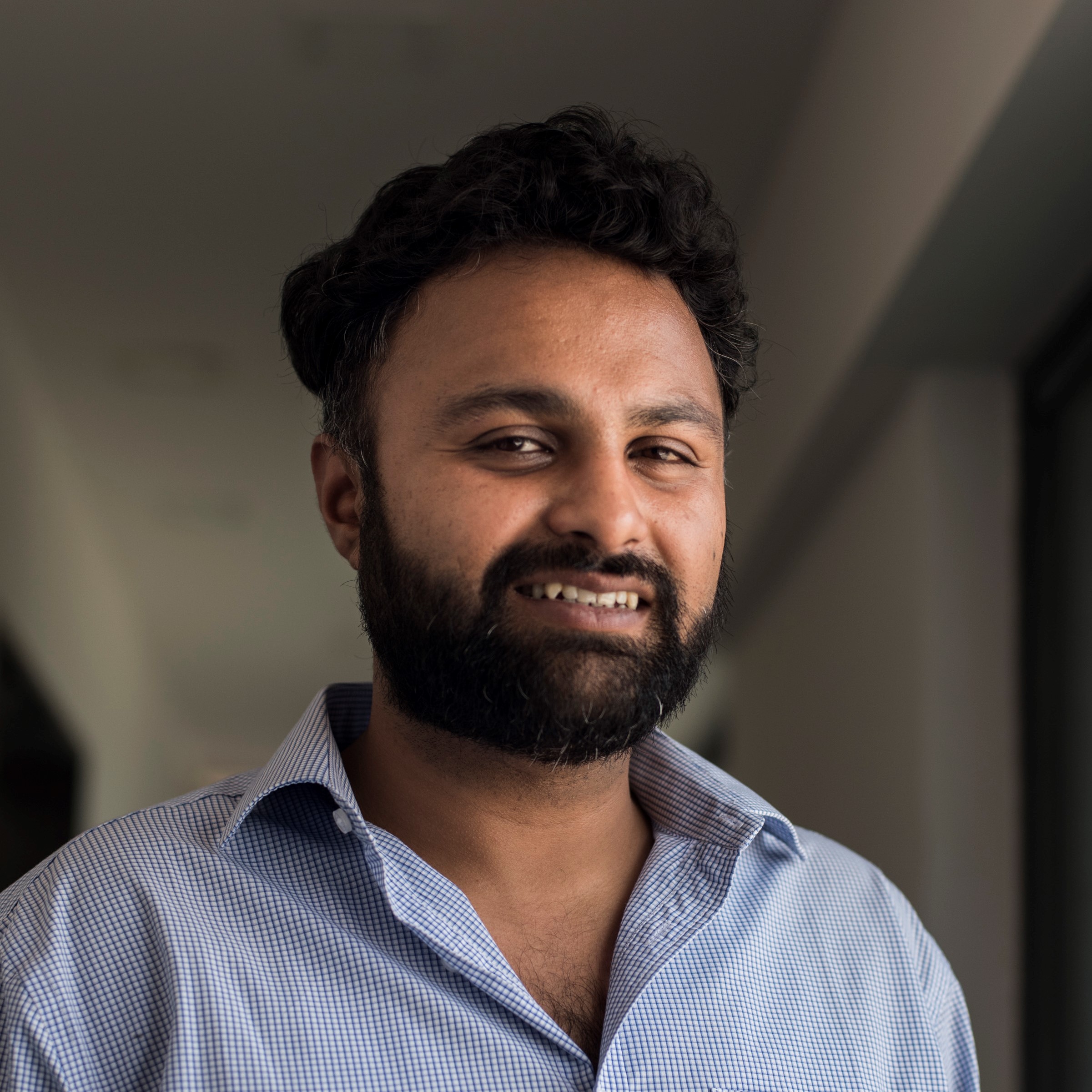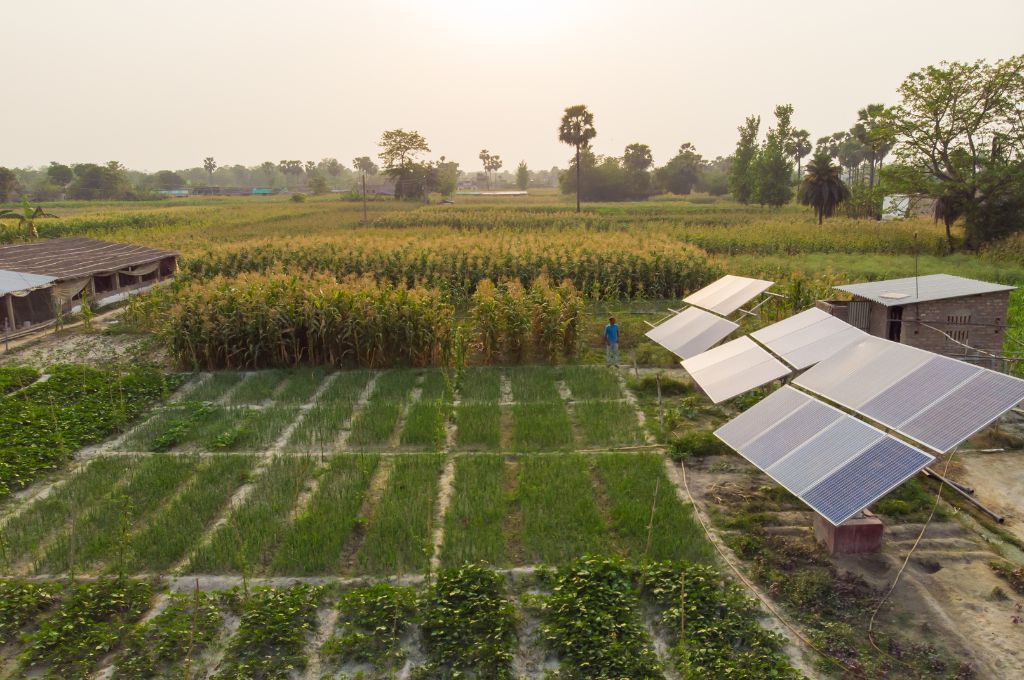Haqdarshak works in 26 states across India through its team of haqdarshikas (women field agents) who, via a range of government schemes, help people access benefits and entitlements that are due to them. These states are often vast and home to a diverse population with many layers of social and political identities that add peculiar challenges to our work.
For instance, working in Uttar Pradesh is a unique experience as it is the equivalent of three mini states. When one moves from the Jat-dominated and more commercial western Uttar Pradesh—Noida, Ghaziabad, and Meerut—towards Lucknow, the Awadh area, and Ayodhya, one finds identities beginning to centre around religion. Finally, when one reaches eastern Uttar Pradesh, a clear dominance of caste identities is seen.
This diverse demographic in the state is important to understand because the delivery of government schemes in Uttar Pradesh is geared according to it. Establishing one’s identity—and having it validated by government documentation—is one of the biggest demands of the populace in Uttar Pradesh as denominators such as caste, religion, gender, income, and domicile are the basis of eligibility for all government schemes.
Exclusion happens because of identity
Individuals are excluded from schemes if they do not possess or update basic identity documents such as birth and caste certificates, Aadhaar, PAN card, and so on. This is particularly true for areas such as eastern Uttar Pradesh with a large proportion of marginalised and economically weaker castes.

Through our work in the state, we’ve seen local MLAs and MPs undertake activities that benefit their favoured constituency but exclude large sections of citizens. For instance, an upper-caste MLA will ensure that they first deliver benefits to the upper-caste voters in their constituency. They hold camps for providing identity and bank documents and to add people’s names to the lists for different schemes. However, as only people from their constituency and caste are allowed to be a part of these camps, most of the marginalised castes are left out.
If people have their identity documents, it’s difficult to exclude them because they can walk into a government office and take assisted help. They no longer have to rely on the largesse of their local elected representative whose allegiances may lie with a particular religious community and/or caste. This is because, since 2018, nearly 90 percent of the schemes in India have been digitised and are run by the central government. So, even though some discretion is left to the state or the district, this centralisation works in favour of the most marginalised and vulnerable populations.
This issue of establishing one’s identity must be solved at scale.
For instance, a Dalit person from Balrampur, eastern Uttar Pradesh, with updated and linked identity documents can take the help of a frontline worker—ASHA, anganwadi, nonprofit coordinator, or even their local haqdarshikas—and apply for the schemes directly. There is very little that the MP or MLA can do to stop it. Once the application is accepted, they may be waitlisted, but the system cannot technically reject them. We need to get people to this stage at least.
This issue of establishing one’s identity must be solved at scale, be it by organisations like Haqdarshak that look at it from a service technology angle or by other nonprofits that come with an understanding of the communities. However, this is a complex issue to tackle, and there aren’t enough funders who are willing to support this work around identity in geographies such as Uttar Pradesh where the demand is substantial.
Funders are largely focused on monetary benefits
During the pandemic, funders wanted their nonprofit partners to help provide immediate support to families in distress by improving their access to government schemes. While their intent was good, their limited understanding of ground realities and how exclusion works has become a barrier in communities benefitting from these programmes.
Funders are focused almost entirely on outputs—how much money reaches the bank accounts of the recipients. They want to fund programmes that will help people get, say, INR 10,000 or INR 20,000 in tangible benefits within a short span of time. But nonprofits that pivoted from their core activities of education, skilling, and livelihoods to provide their communities the support they needed during the pandemic are struggling with this mandate.
A social security ecosystem that believes that delivering welfare benefits to people will directly increase community incomes is simplistic and naive.
It is nearly impossible to ensure that every person receives a certain fixed amount in their bank account, because their eligibility is dependent on the various conditions that dictate their life, including income level, caste, religion, geographic location, family structure, and so on. The nature and value of the entitlements people get will vary based on all these factors. There also aren’t enough big-ticket direct benefit transfer (DBT) schemes that meet this monetary threshold set by funders.
A social security ecosystem that believes that delivering welfare benefits to people will directly increase community incomes is simplistic and naive. It is important that before jumping on to output-based, pre-decided programmes, we invest in identity issues around government schemes. Today, donors—especially corporate funders—sitting in Mumbai, Delhi, and Bangalore are deciding what families and individuals in eastern Uttar Pradesh need, without considering the priorities of the families themselves.
I understand that it is challenging for CSR teams to convince the boards about the value of helping communities with identity documents. Funding access to 7,000 birth certificates might seem irrelevant or insignificant to the boards because it’s hard to assign a monetary benefit to a document. It’s easier instead to insist that their nonprofit partners show tangible financial improvements. But they must realise that this is almost impossible to do.
Funders should start looking beyond just money in the citizen’s bank account; they need to think about outcomes—how many women are getting access to a simple bank account that is usable? How many are using UPI or availing of the Ayushman Bharat health insurance, even though many of them are enrolled in the scheme? How many individuals whose names are listed for pension schemes are contributing INR 12 to be able to sustain that scheme so that they actually get INR 3,000 when they turn 60? In so many of these schemes, you can onboard people but you need to encourage them to keep paying for that social security programme.
With the onset of the pandemic and its devastating impact on livelihoods, a lot of funding in the country has shifted towards the social security sector. Over the last two–three years, funds worth more than INR 100 crore have been raised for social security programming. But almost no one is focusing on the importance of helping communities with identity documents.
We need to give choice back to the people
I truly believe that we have to move towards a ground-up choice matrix. We need to give the choice to the citizen as the end user, customer, and recipient of the services, and channel that choice upwards to the grassroots worker, community-based organisation, nonprofit, and then to the funders. Today it’s the reverse, where the choice is being made by the funder, which then percolates through the civil society chain to the citizen.
Getting citizens’ Aadhaar verified or PAN card updated is as important as ensuring that they get money in their bank accounts.
Can we design more programmes and funding and base the entire narrative on the choices made by the citizen? Why should their needs and demands not matter? If we middle- and upper-income citizens need a PAN card to apply for an IPO or open a bank account, the poorer households have just as many use cases for their PAN cards—a construction worker may want a PAN and Aadhaar because it simplifies them getting their UPI in Gurgaon. Getting their Aadhaar verified or PAN card updated is as important as ensuring that they get money in their bank accounts.
We must think of moving the ecosystem to build around citizens’ choices versus funder decisions—only then will we see a marked improvement in outcomes.
—





